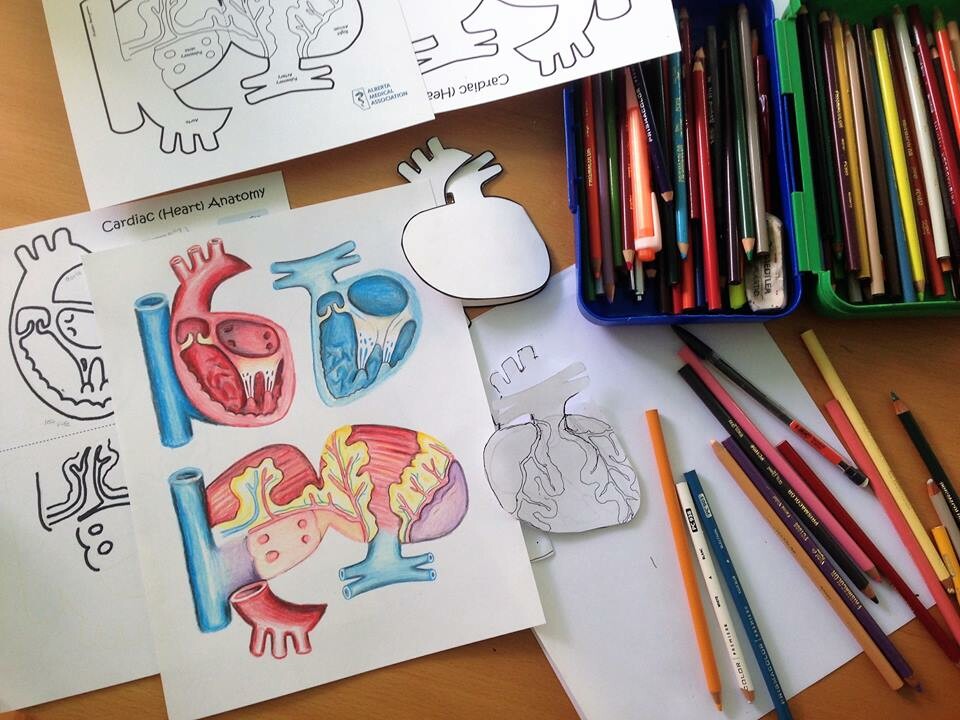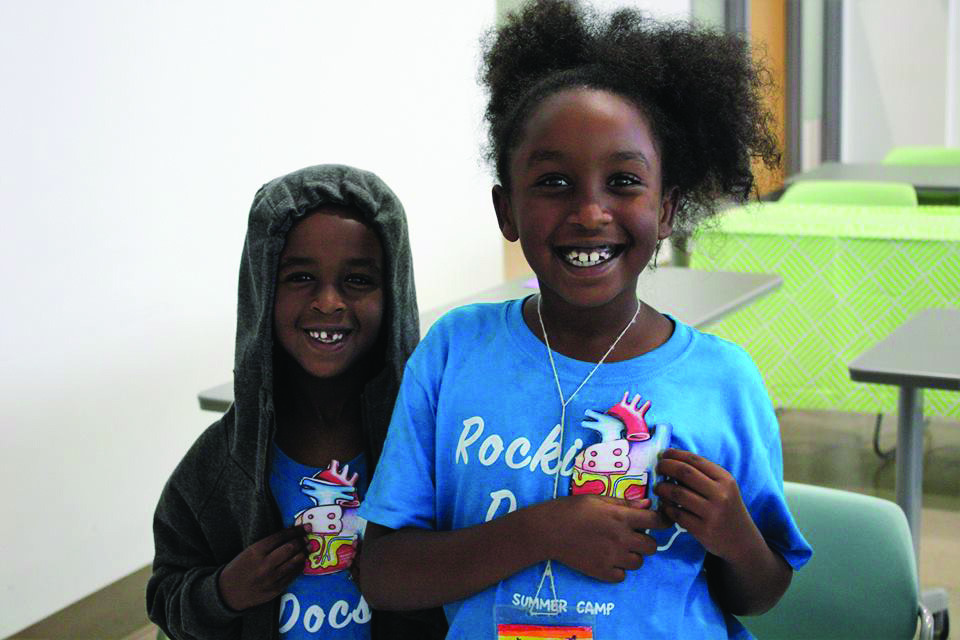Design and Medicine Intersect
When I mention that I study Industrial Design, it’s often met with a “what does that entail?” kind of question. As I enter my final year at the University of Alberta, I’m starting to see how multifaceted a career in design can be. Recently, I met with fellow designer Michiko Maruyama over coffee. She shared with me her inspiring story of taking design to new places.
I was humbled to learn that while studying for her undergraduate degree in Industrial Design, Michiko was diagnosed with a rare disease — one requiring surgery, radiation, and chemotherapy. Her experience as a patient motivated her to direct her studies towards medicine. Despite her new path, however, Michiko was not ready to leave behind her talents as a designer and an artist.
“Michiko’s work is exemplary of the kind of synergies that can emerge through the intersection of different disciplines and passions.”

Michiko explained how she designed a comic book as part of her application to medical school, and how throughout her studies she created paintings and children’s books to support various causes. On her personal website, she publishes “Daily Doodles,” colorful sketches she uses to teach herself and her peers components of the medical curriculum. Over time, her love of design—medicine—and eventually, the heart—came together. Today, Michiko is a cardiac surgeon resident at the University of Alberta and a master’s student in Design.
By merging her passion for creativity and her dedication to health and well-being, Michiko (now Dr. Maruyama) is currently developing a series of innovative educational tools and children’s toys. Her designs include the Ostomy Doll — a teddy bear designed to teach children how to take care of themselves during and after surgery. As a part of her master’s research, she is designing what she calls “organami”— anatomically accurate paper models of the heart that children and medical students alike can both use as educational tools.

Michiko’s work is exemplary of the kind of synergies that can emerge through the intersection of different disciplines and passions. Michiko recently received a grant from Alberta Medical Association Emerging Leaders in Health Promotion. Her innovative and exploratory approach models a commitment to promoting quality education, and improving good health and well-being within her community.
Are you a teacher? ACGC has developed a “Design and Medicine Intersect” Class Challenge for Grades 5-9 Career and Technology Foundations. In this challenge, students will design a product to help a non-profit organization communicate key health messages to children living in a rural, low-income setting in a developing country. Taking inspiration from Dr. Michiko Maruyama, students will explore the occupational clusters of Communications and Human Services while completing this CTF Challenge.